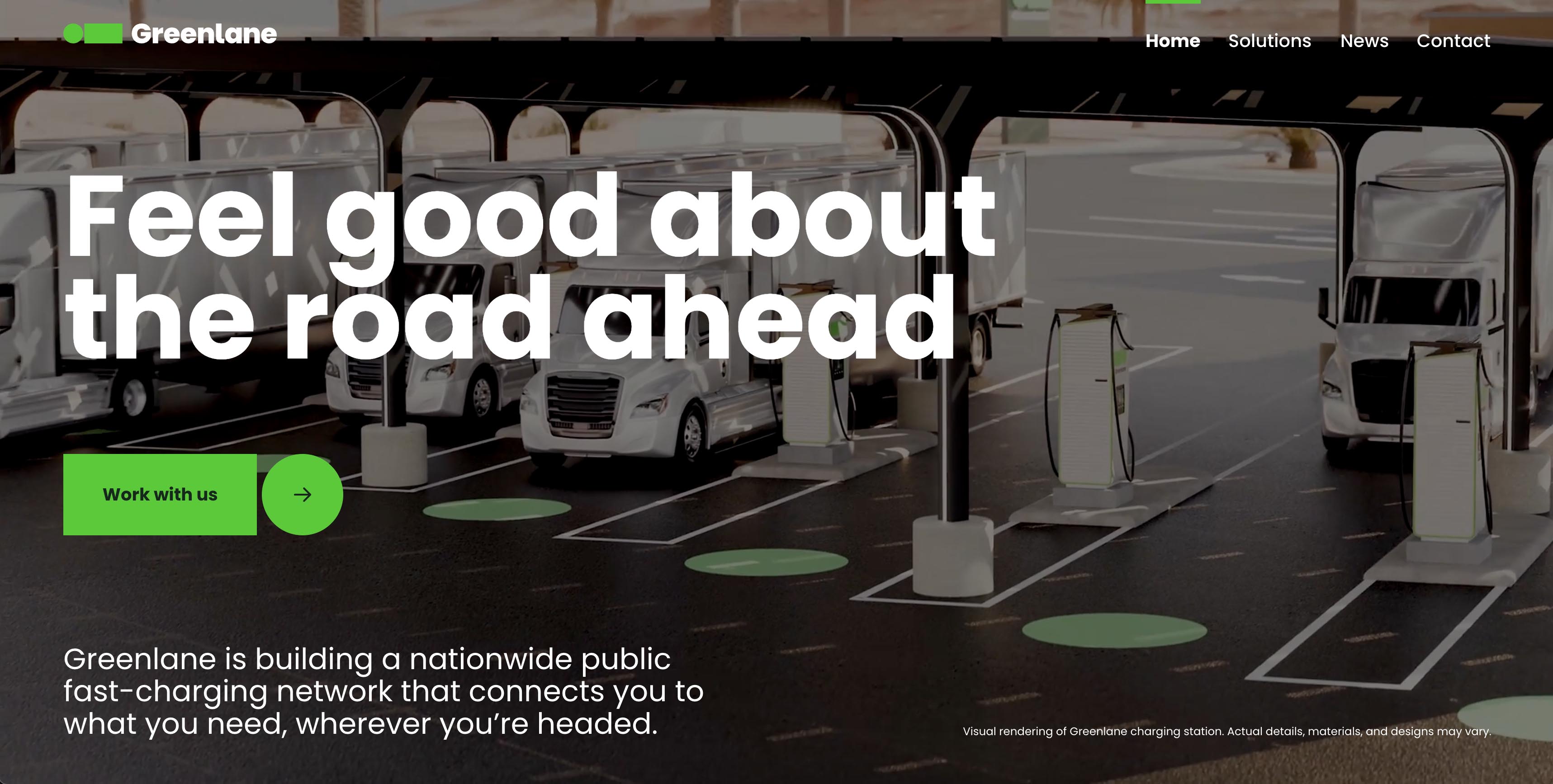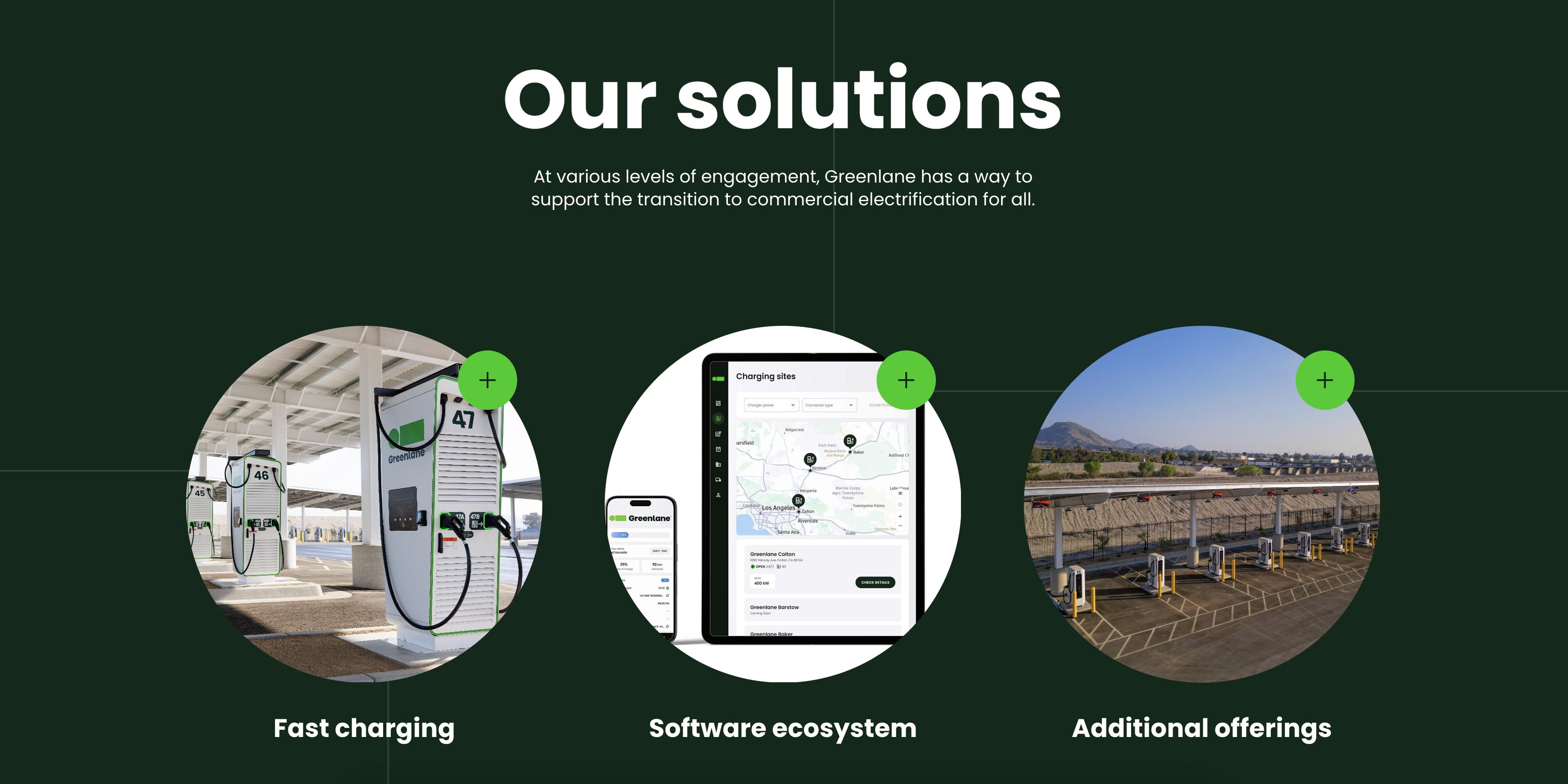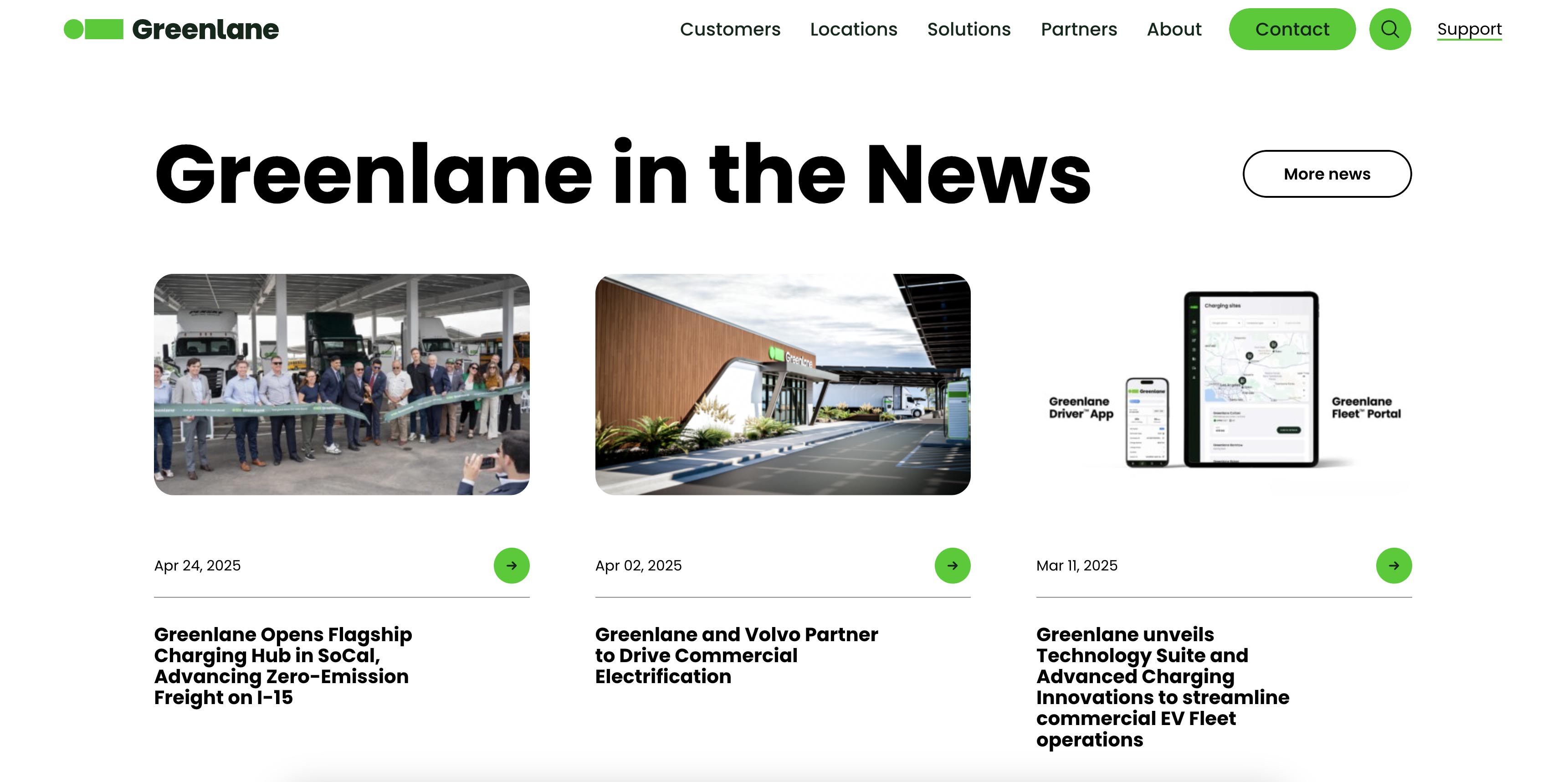
In a digital landscape where attention is fleeting and expectations are high, user experience (UX) design has quietly become one of the most influential tools a brand can wield. Nowhere is this more evident than in the launch of the Greenlane website.
By the time Greenlane approached eDesign Interactive, the stakes were already high. As a zero-emission vehicle (ZEV) charging network emerging into a world of diesel-dominant logistics and cautious innovation, the brand needed more than just a website. It required an experience—one that could simultaneously engage, educate, and build trust with a deeply diverse audience. And that’s precisely where strong UX design proved its power.
At its core, strong UX design isn’t about adding polish. It’s about clarity, empathy, and scalability. The Greenlane project is a blueprint for how thoughtful design can make complex, high-tech solutions feel accessible and inviting to users at all levels.
Discover seven UX design lessons, drawn from our work with Greenlane, that you can use to supercharge any marketing initiative.
1. When Innovation Meets Accessibility
Greenlane represents a bold new player in the zero-emission vehicle (ZEV) infrastructure space. But unlike traditional tech startups, its audience spans both high-tech innovators and logistics professionals accustomed to diesel and analog systems. The challenge was immediate: how do you speak fluently to both?
The key was user segmentation—not by assuming user intent, but by designing clear, intuitive paths that let each visitor self-select the journey that suited them. Whether a trucking executive is looking for practical implementation or a partner seeking investment opportunities, the site allows each user to reach content tailored to their needs quickly.
The takeaway? Great UX isn’t about guiding users—it’s about empowering them to guide themselves.
2. Designing in Phases, Planning for Growth
The Greenlane website wasn’t built in one monumental push. It evolved in three phases, each tied to a significant business milestone: early brand awareness, the launch of its first location, and future growth support. From a UX perspective, this phased approach offered a valuable opportunity not to compromise, but to design smarter.
By treating the MVP (minimum viable product) version of the site as a foundation, the team developed a flexible design system from day one. Each component was built to scale, anticipating the needs of future content, features, and audiences. Instead of redesigning at every stage, the site was ready to evolve without breaking.
The lesson here is that scalability starts with systems. Treating pages as part of a larger ecosystem—rather than isolated one-offs—makes it possible to adapt rapidly without sacrificing user experience.

3. Simplicity as a Strategy
It’s easy for innovative businesses to let their technical excitement dominate the conversation. Greenlane, backed by passionate experts, had no shortage of in-depth knowledge about its charging network and ZEV infrastructure. But the audience didn’t need complexity. They needed confidence. “Most users weren’t looking for a masterclass in infrastructure,” notes Jeff Nordstedt, our Director of User Experience. “They needed to know: Is this reliable? Is this simple? Can I trust it?”
Effective UX distills, rather than dilutes. For Greenlane, this meant distilling dense technical information into accessible and reassuring messaging. Navigation was streamlined. Language was clear. Visuals were purposeful. And trust, an intangible yet essential outcome, was quietly built with every click.
This approach underscores one of UX design’s most overlooked strengths: its ability to translate complexity into clarity without losing substance.
4. Measuring What Matters
In the transportation and clean-tech sectors, traditional web metrics don’t always tell the whole story. Time on site or bounce rates might suggest activity, but they don’t necessarily signal success.
For Greenlane, the accurate measure of impact was the number of form submissions: real people reaching out, wanting to know more. In industries built on relationships, this kind of engagement is gold. The site’s job wasn’t to entertain. It was to instill enough trust for someone to initiate contact. And it worked.
Good UX isn’t just about keeping users on the page—it’s about moving them closer to action.
5. Avoiding the Tech Trap
One of the most common pitfalls in UX design, especially for forward-thinking startups, is letting innovation outpace intuition. Just because a business can showcase complex systems or advanced features doesn't mean it should lead with them. In Greenlane’s case, restraint proved powerful. The site emphasized ease, dependability, and approachability—not bells and whistles.
It’s a reminder that the user experience isn’t for the company. It’s for the user. And that distinction changes everything.

6. The Website as Ecosystem
Perhaps the most important lesson from the Greenlane project is that a website is never “just a website.” It is often the first, and sometimes only, interaction someone has with a brand. Furthermore, it’s part of a larger communications and business ecosystem. When designed well, it can reveal more profound truths about a brand’s messaging, structure, and growth strategy.
A UX-centered process doesn’t just deliver a site—it often nudges the entire business toward more clarity and coherence. For companies navigating fast change or entering new markets, that kind of digital grounding isn’t a luxury. It’s a lifeline.
7. UX That Works
By aligning user needs with brand goals, building for growth from the outset, and consistently prioritizing clarity over complexity, the final product delivered more than just a web presence—it created a digital experience that fosters confidence and drives connection. In the end, that’s what the best UX always does: it helps people feel like they’re in the right place, even when they’re stepping into something completely new.
If you’re ready to elevate your brand with a user experience that builds trust, drives engagement, and scales with your business, our team at eDesign Interactive is here to help.
Whether you’re launching a cutting-edge clean tech platform or transforming your industry, contact us to see how thoughtful UX design can fuel your growth and set you apart.